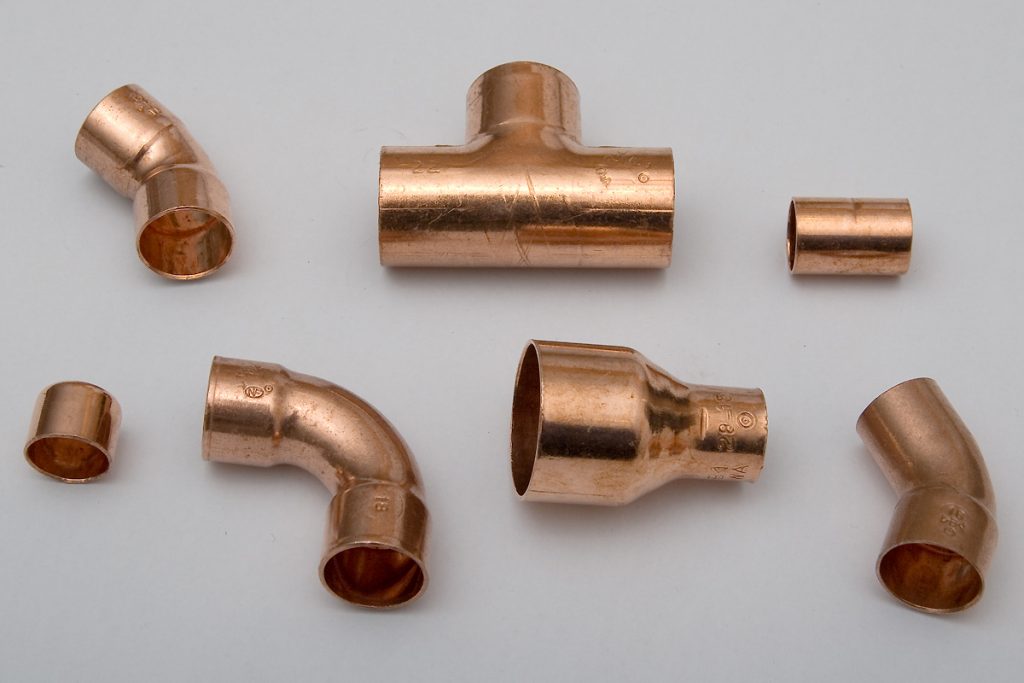Any pipeline, regardless of what working medium is pumped through it, is not only the pipes themselves, but also a variety of shut-off valves, as well as special elements that serve to connect the pipes to each other. Such parts are called fittings, from the English word fitting – to assemble, fit. You cannot do without them in places of branches, bends, as well as where pipes of different diameters are connected. Before you start using these elements, you should figure out what types of fittings are used today.
Types of Fittings

Now on the market you can find a wide variety of fittings. They are classified according to a variety of parameters. So, depending on the diameter of the pipes, fittings are divided into:
- Direct
- Transitional
The former are used to connect pipes of the same diameter, the latter – for pipes of different diameters.
According To The Scope Of Application, Fittings Are Divided Into The Following Types:
Couplings – connect straight pipe sections
Angles and bends – used to change the direction of the pipe at different angles
Crosses – forks the water supply in two directions
Tees – create a branch in one direction
Plugs – block the movement of fluid
Classification of fittings by material of manufacture
Fittings are made from several materials:
- Steel
- Cast iron
- Copper
- Brass
- Polymers
Steel fittings are available in steel or stainless steel and have a long service life. Cast iron fittings can boast of the same characteristics. Their main field of application is in hydraulic systems.
Copper fittings are among the most durable, durable and corrosion resistant. They are used in both domestic and industrial water supply systems.
Brass fittings are characterized by resistance to temperature fluctuations and impacts, as well as high tightness. Most often they are used in water supply systems.
Polymer fittings come in a wide variety of shapes. With their help, you can assemble the most complex system. Most often they are installed in places of branching or transitions from one diameter to another.
Connection Types of Fittings

And finally, another classification of fittings is based on the way they are installed. According to this criterion, they are divided into:
- Threaded
- Welded
- Flanged
- Crimp
- Combined
- Press fitting
- For capillary brazing
Threaded connection is the most traditional and is used universally in brass, copper, steel and cast iron fittings. In welded, as the name implies, the connection occurs by welding. Flanged flanges are characterized by the use of gaskets to achieve tightness.
Compression fittings are used for both metal and metal-plastic pipes. In such parts, sealing is provided by O-rings. Combination fittings are threaded on one side and welded on the other.
Press-fitting connection is used for multilayer pipes. This installation is done only once. After that, it is impossible to dismantle the element without damaging it. Capillary brazing is used when joining plastic pipes. To do this, the pipe is covered with flux, and then a fitting is applied to it.
Turning to the sprinklet socket malaysia, you can always count on qualified assistance in the selection of fittings that are most suitable for your tasks.
